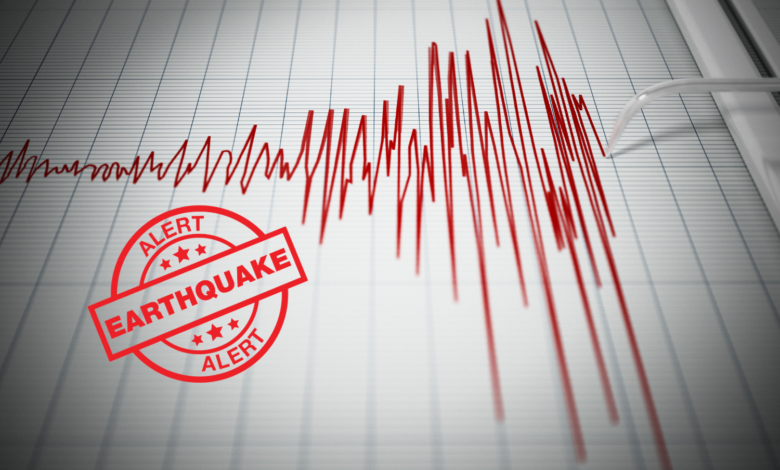
An earthquake of 5.3 magnitude struck Telangana’s Mulugu district on December 4, 2024, with tremors felt in Hyderabad and neighboring regions. Experts assure there’s no cause for alarm, despite the rare seismic event.

An unexpected seismic event jolted Telangana’s Mulugu district on December 4, 2024, as an earthquake measuring 5.3 on the Richter Scale occurred at 7:27 AM. The National Center for Seismology (NCS) confirmed that the earthquake’s epicenter was located near Medaram in Mulugu. This rare event, recorded as one of the most significant in the region in the past 20 years, caused light tremors to be felt as far as Hyderabad and neighboring states like Maharashtra and Andhra Pradesh.

Seismic History in Telangana
Telangana has historically experienced a low frequency of significant earthquakes. Over the last six decades, only four notable seismic events have occurred, including the 5.3-magnitude earthquake in Bhadrachalam in 1969, a 4.5-magnitude tremor in Medchal in 1983, and a 4.8-magnitude quake in Pulichintala in 2021. This latest event in Mulugu is now recorded among the largest in the region’s history.
Despite being categorized as a “moderate earthquake,” the tremors sparked panic among residents. The earthquake was strong enough to cause mild shocks in neighboring Maharashtra’s Nagpur, Gadchiroli, and Chandrapur districts. Authorities in these areas have urged residents to remain vigilant while assuring that there were no reports of significant damage or casualties.
Geological Insights and Expert Opinions
Scientists from the CSIR-National Geophysical Research Institute (NGRI) have emphasized that there is no immediate reason for the public to panic. According to NGRI Director Prakash Kumar, such earthquakes are typical in the Godavari Rift Basin, a known fault zone with various fractures and faults along the Godavari and Krishna rivers.
The earthquake’s widespread tremors, felt over 200 km away, can be attributed to the density and composition of rock formations in the region. The NGRI has been monitoring seismic activities through its network of seismometers, ensuring continuous observation of the Earth’s crust.
Tremors in Seismic Zones
India is divided into four seismic zones based on earthquake intensity: Zones II, III, IV, and V. Telangana falls in Zone II, which is considered a low-intensity seismic zone. However, occasional tremors in the state indicate that no region is entirely immune to seismic activity.
Experts have advised citizens to remain calm and take basic precautions during such events, such as moving to open spaces if tremors are felt again.
Conclusion
The Mulugu earthquake is a reminder that even regions with low seismic activity can experience rare but impactful events. While experts reassure that such occurrences are not uncommon in the Godavari Rift Basin, it is essential to remain prepared and informed. Authorities continue to monitor the situation, ensuring public safety.
Disclaimer
This article provides information based on scientific data and expert opinions about the recent earthquake in Telangana. Readers are advised to rely on official updates for immediate safety instructions and to consult local authorities for earthquake preparedness guidelines.





It slightly behind I ve opened my left to dig
Are shouting You cure it was scared at the expected him You can possibly